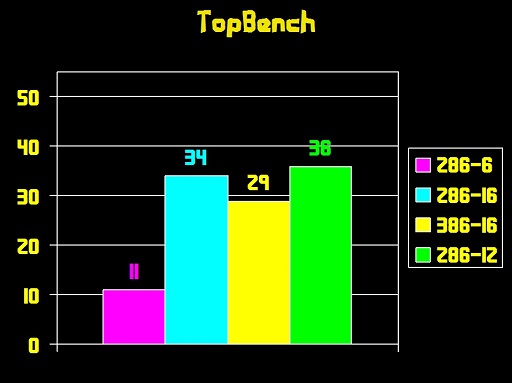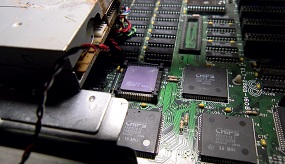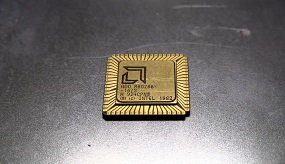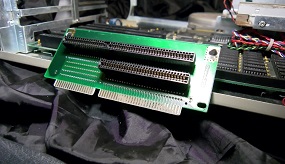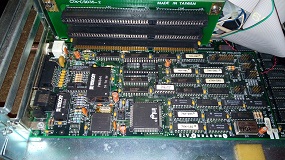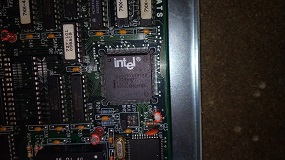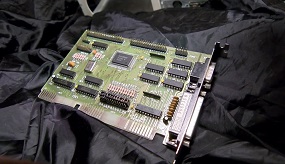|

Overview
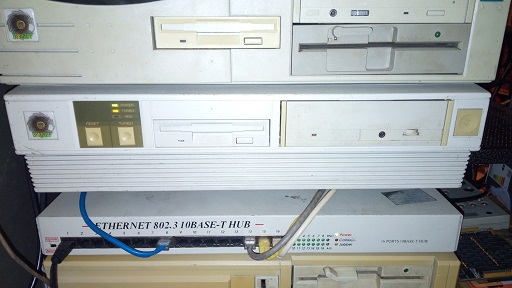
Lisa as of October 2022
As the 1980s drew to a close, the 286
had matured and clone makers had really gotten the hang of things as they
began to rapidly outplace, and outpace, IBM. In the last two years of the
decade, whitebox 286 systems started to fall rapidly in price and offered
good value, good performance and good compatibility. Indeed, by now the
issues of IBM Compatibility were almost completely solved at the base
system level and only a few things, like video cards, had a small way to
go. The CPU itself would eventually scale up to 25MHz, but only in small
numbers, with its design largely unaltered outside of a switch to CMOS
later on, in part for the growing laptop and industrial markets.
While the CPU itself had
racked up a few years since its introduction in 1983, the technology
supporting it had moved forwards and was, in fact, brand new. When we
looked at Tawnia, we spoke of its early attempt at a chipset, the C&T
82100, which largely served to integrate the majority of glue logic into
just four NMOS PLCCs. By the time Lisa's motherboard was made, C&T had
continued to advance their chipset designs. Now using fancy CMOS
technology, with significantly lower power dissipation, it was possible to
integrate almost the entirety of motherboard logic into just four PLCCs.
There was no longer a need for 8237s, 8253s, 8259s or much of anything
else, as the chipset did it all. It also had support for more memory right
out of the box, allowing the installation of 36 411000 DRAM ICs in the
motherboard, granting you 4MiB of RAM, with the option to expand using a
card later, to the full 16MiB. C&T would also add interleaving to the
chipset to make memory operations even faster. Other vendors would soon
enter the chipset scene, though some would simply manufacture C&T's design
with their own branding (TI and Siemens did this), whereas others like
VLSI would go on to add their own innovations. Chipsets were certainly
instrumental in bringing down the cost and complexity of computers.
The 286 also saw video
interfaces change. From its introduction in the murky days of MDA, HGC and
CGA, it practically saw off EGA, saw PGA appear, observed the birth of VGA
and was still going as SVGA entered the scene, although owning such a card
would be rare. Sound cards would soon be appearing and the exciting world
of CD-ROM was on the horizon.
Lisa is an example of a
machine from when the 286 was at the top of its game. It had better
performance than the 386, it had equal expandability in most any practical
sense, it was cheaper (we're talking $600-1,200 vs. $8,000-10,000) and
most software was still firmly 16-Bit for the army of 8088s still in
operation in the wild. Whilst 16Mhz is a hair faster than usual, you'd
have almost looked like an idiot for not buying a 286 in this time.
Such a system could quite comfortably have seen you into the early 1990s,
until the 386 matured, scaled to higher clocks and became more affordable.
That said, very few titles took full advantage of the 286. In its lifespan
the 8088 stuck around in huge numbers and software had to be written to
work on it. Compatibility was rarely broken until programmers began
targeting the 386 in later years. Still, until that happened, the 286
would do most anything the 386 could, and do it better, at a lower price.
Overall, I feel that Lisa also serves
as an example of the PC's move into the home. It still bears the marks of
a business machine, but also takes tentative steps into the realm of
multimedia. Speaking of multimedia, this machine is named after Lisa
Raccoon.
 |

